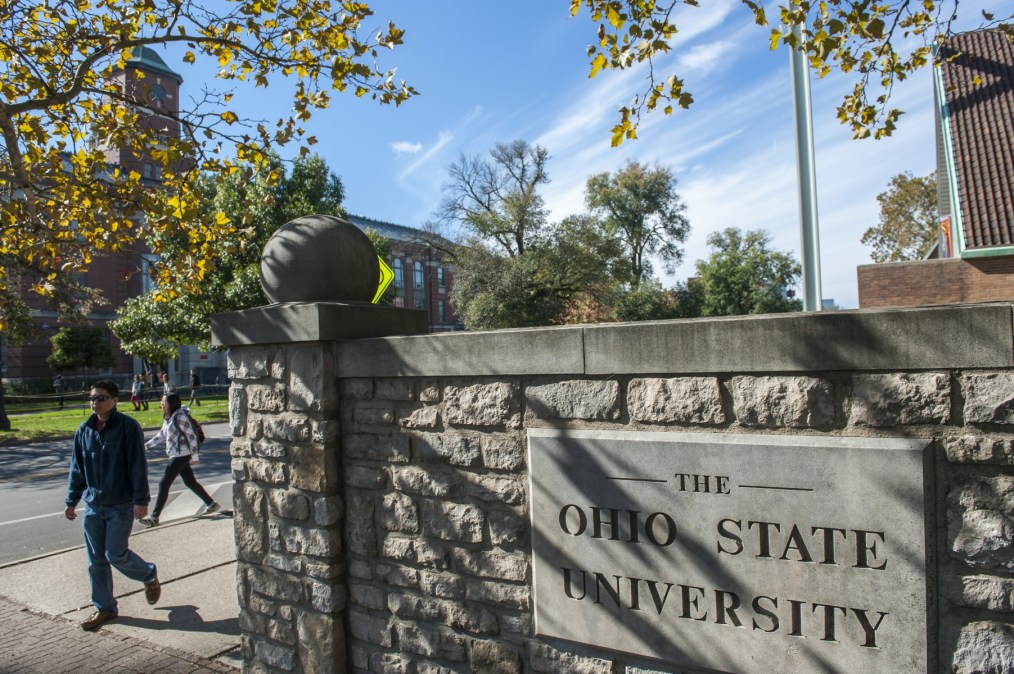Ohio State launches app to connect blind students with remote helpers

Ohio State University announced a new service Thursday to assist blind and low-vision students navigate campus more easily by connecting them with remotely located assistants who can read signs and describe visual surroundings.
With the increase in signage around campus displaying important information related to COVID-19, like social distancing guidelines that students must follow while on campus, this technology is critical to ensure all students are able to resume in-person classes and navigate the university’s campus safely, according to the university.
The service, called Aira Access, allows blind or low-vision students to call sighted assistants though a smartphone app to receive visual assistance through a live video call. The assistants view the user’s surroundings though the phone’s camera and assist the user by reading signs or describing the user’s surroundings to help them maneuver though campus. Assistants also have access to detailed maps of the campus to communicate to users what is around them and how to get from point A to point B, according to Nolan Crabb, director of assistive technology for the ADA Coordinator’s Office.
“Using the camera of your smartphone, the agent can read to you any signage that you’re going to encounter and, in these days of COVID-19, signage on campus is going to become pretty important. It’s a big deal,” Crabb said in a press release. “This service really enables folks to be much more mobile and more capable, and have more confidence in the outcome of what they’re trying to accomplish.”
The new system will also help students navigate campus, find classrooms or offices or read classroom materials. Any faculty, staff, student or visitor can use Aira Access for free on OSU’s Columbus and regional campuses and at the university’s medical centers.
In a similar effort to assist blind students as they navigate campus, students at Butler University in Indianapolis, Indiana, developed a mobile app that supports voice commands from users and announces directions so that blind students can take the best route to and from their classes.
And to make the online learning environment easier to navigate for blind students, Misericordia University in Dallas, Pennsylvania, has embedded accessibility software into its web pages and the learning management system to improve accessibility.




